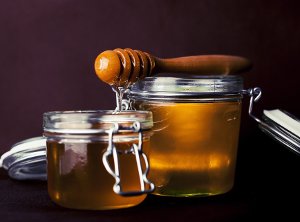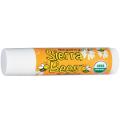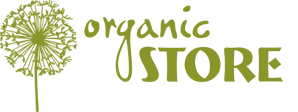 Honey and other bee products (beeswax, propolis, royal jelly, and others) are widely used in traditional medicine and as cosmetic ingredients. But why do cosmetic manufacturers include them in their formulations? What are the cosmetic uses of honey and bee products? Read on to learn about it!
Honey and other bee products (beeswax, propolis, royal jelly, and others) are widely used in traditional medicine and as cosmetic ingredients. But why do cosmetic manufacturers include them in their formulations? What are the cosmetic uses of honey and bee products? Read on to learn about it!
Honey bees have been domesticated for honey production and crop pollination centuries ago. Although honey is considered the most valuable bee product, other substances secreted by honey bees are used in traditional medicine and added to cosmetics. They include beeswax, nectar, bee bread, propolis, and royal jelly. Rich in nutrients, they can help to take good care of your skin and hair, keeping them healthy and beautiful.
Honey
Honey is probably the most well-known and popular bee product used as a cosmetic ingredient. It is added to numerous personal care products, including shampoos and conditioners, various creams, body scrubs, soaps, lip balms, and more. Honey has a very wide range of useful properties and thus helps to make these products more effective.
Honey is a sugary substance produced by honey bees from nectar they collect from plants. It is a mixture of sugars and other carbohydrates (fructose, glucose, maltose, sucrose and other complex carbohydrates). It also contains B vitamins, vitamin C, calcium, iron, magnesium, phosphorus, potassium, sodium, and zinc.
As a cosmetic ingredient, honey is primarily valued for its strong nourishing and moisturising properties. It also has a strong antiseptic effect. Due to its antioxidant properties, honey is widely used in anti-age cosmetics. It also accelerates the healing of minor skin injuries, produces a detoxifying effect, helps to get rid of excess moisture, and makes the skin smoother and softer.
As a rule, cosmetics are formulated with honey extract. However, natural and organic cosmetic products often contain pure honey. Such products are prepared in a special way to prevent overheating of honey because high temperatures make honey lose its useful properties.
Beeswax
Beeswax is a natural wax secreted by worker bees to build honeycomb cells. It consists mainly of esters of fatty acids and long-chain alcohols. Beeswax has long-standing application in skin care and cosmetics due to its softening, nourishing and anti-inflammatory properties. Most often, it is added to various creams, balms and masks, as well as mixed with vegetable oils to create natural lip balms.
As a cosmetic ingredient, beeswax is used to improve the condition of the skin. It has a strong antiseptic effect and thus soothes irritated skin, relieves inflammation and speeds up the healing of minor skin injuries. Beeswax is also valued for its hydrating effect. It helps to lock in moisture in the epidermis and protects the skin from harmful environmental factors. That’s why it is often added to various moisturisers.
Propolis
Propolis, also known as bee glue, is produced by honey bees by mixing beeswax and saliva with exudate gathered from tree buds, sap flows and other botanical sources. Propolis is probably the least studied of all bee products. Its composition varies significantly from hive to hive, from region to region, and from season to season. Nevertheless, propolis has been used in traditional medicines and skincare for thousands of years.
Propolis is valued in cosmetology for its antibacterial, anti-inflammatory, antioxidant and regenerative properties. That’s why it is most often used in healing antiseptic creams and balms, toothpastes, hair care products, and lip balms.
Propolis is thick and viscous at room temperature and has a high melting point (80-104 °С), that’s why it is rarely added to cosmetics in pure form. Most cosmetic products are formulated with propolis extract which is typically alcohol-based. When properly prepared, extracts retain all the useful properties of the original product.
Royal jelly
Royal jelly is secreted by worker bees to feed all larvae in the colony, as well as adult queen bees. It is another bee product whose composition and properties haven’t been well studied yet. Royal jelly is mainly composed of water, protein, simple sugars and fatty acids. It also contains small amounts of different amino acids, B vitamins, vitamin C, trace minerals, enzymes, and antibacterial components.
Due to its high nutrient content, royal jelly is added to products designed to take care of dry skin or hair. It also helps to prevent premature wrinkles, combats acne, eliminates dandruff, and reduces hair loss. The regenerative and antioxidant properties of royal jelly make it a valuable ingredient in various healing and anti-age products.
Unfortunately, fresh royal jelly doesn’t preserve its properties intact long. That’s why before adding it to cosmetic products it is processed in some way, for example, dissolved in water or alcohol, mixed with other bee products such as honey or bee bread (bee pollen with added honey and bee secretions), or dried and powdered.
Cosmetics with Bee Products in Our Store
Sierra Bees Organic Honey Lip Balm, 4 g |
